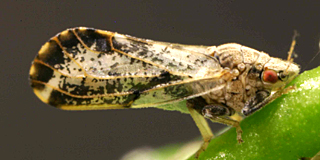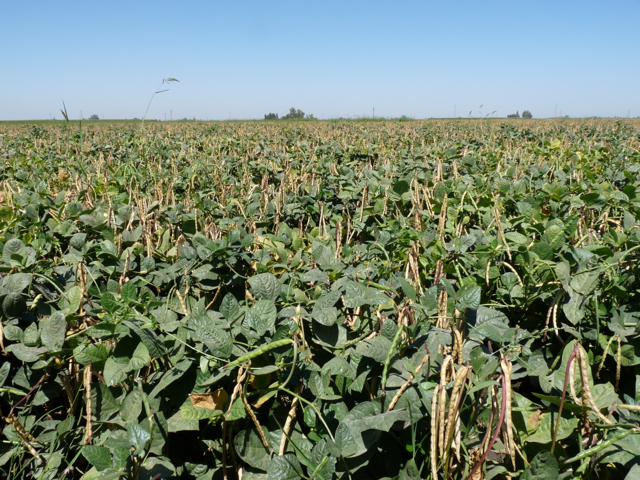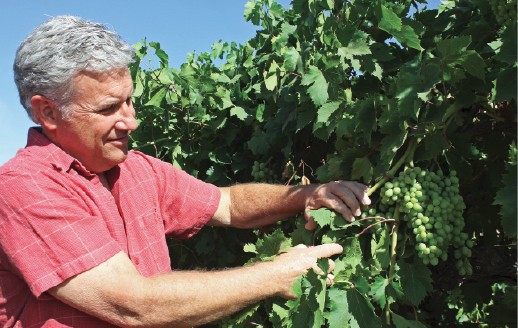Water Crisis Reducing Valley Fruit Production
The impact of the worsening drought can be seen in the expected drop in crop production.
Valley fruit production is down on many farms, but the lack of water isn’t the only factor causing the lower expectations.
The grape crop is ready for harvest in many Valley vineyards but there’s not nearly as much of the sweet fruit this year. The U.S. Department of Agriculture expects grape production in California to dip 9 percent.
“We came off two big years in both wine grapes and Thompson seedless, so those vines are taking a little bit of a rest,” said Nat Dibuduo with Allied Grape Growers. “The other factor is obviously the drought. We’ve got growers that lost wells or they’re minimizing their irrigations to stretch out the water they do have.”
Table olives fared even worse with the dry conditions. Production is expected to dip 45 percent statewide but as much as 60 percent in Tulare County.
“When olive trees go into dormancy they need some good deep soil moisture and they didn’t get it,” said Adin Hester with the Olive Growers Council. “The lack of moisture is something that certainly exacerbated, number one. Number two, we’ve got growers that are just flat out of water.”
Peach production is down 4 percent. We’re seeing peach, olive and grape growers rip out orchards and vineyards to put in more profitable crops like almonds and pistachios.
“I think there’s going to be not only Thompson seedless grapes pulled out after this harvest but also wine grapes throughout the San Joaquin Valley because they’re not making money, and they see their neighbors are making money with any of the various nut crops,” said Dibuduo.
Dibuduo is worried about this year’s outlook. He says winery demand for Valley grapes has taken a big hit because of international competition. Some grapes, he says, might not get sold.
Other crops like pears, apples and rice are also down from a year ago.




























